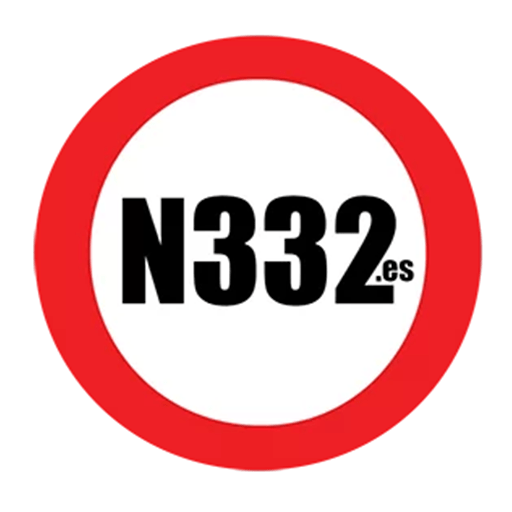A solid white line across a structure such as a junction is indicative of the mandatory requirement to stop your vehicle.
However, when it comes to longitudinal white lines, those which run alongside the road, they have a similar meaning, in that they are restrictive, but the overall meaning of solid white lines running alongside the road, irrespective of which side of the vehicle they are on, means that no vehicle is generally allowed to cross that line.
This means that you are not permitted to overtake. Not crossing the solid white line also means when turning. If there is a solid white line in the centre of the road, you must not cross that line to turn left.
Solid white lines also often appear where you might not expect them, such as on the approach to junctions, roundabouts, or crossings, which means, again, you must not cross, so changing lanes or overtaking are prohibited in these areas.
There are some exceptions, one of which we will talk about in a moment, but the first we will explain is that the lines marking the edges of the road and parking areas are not considered longitudinal markings.
Double solid lines have the same obligation as single lines, in that no vehicle is allowed to cross that line. Double lines are also used on reversible lanes or when traffic flows in both directions.
However, if there are double white lines in the centre of the road, and the line is broken ON YOUR SIDE, you are permitted to turn left from that major to minor road.
If you plan to exit a minor road to a major road at a junction, if the line is solid ahead, you may only turn right. Again though, if the line is broken ON YOUR SIDE, you are permitted to cross the traffic and turn left, once the path is clear and it is safe to do so.
Broken lines in these areas, at junctions only permit turning, they do not permit overtaking.
When it comes to overtaking in an area where a solid white line exists, we have already said that this is not permitted, but there is an exception in that you are permitted to cross the solid white line in order to safely overtake cyclists, but only when it is safe to do so, and no vehicles are approaching.
These solid white lines may also exist surrounding chevron markings, such as at or near junctions, but the same rules apply, you must not cross the solid white line.
Finally, as always, these rules apply to all vehicles, and so if there is a solid white line which prevents turning left, for example, it applies prohibiting all vehicles, including cycles, and scooters, amongst others.






Discover more from N332.es - Driving In Spain
Subscribe to get the latest posts sent to your email.

You must be logged in to post a comment.